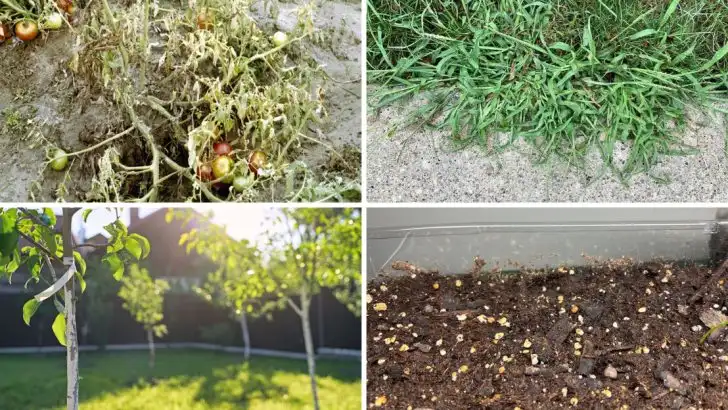Not every garden season goes to plan. You buy the compost, plant the seeds, water like a responsible adult—and then the tomatoes refuse to fruit, the cucumbers sulk, and something weird eats your lettuce overnight. It happens. More often than most people admit.
This past year saw its fair share of flops, from timing mishaps to pest invasions and plants that just didn’t make it. But even the most frustrating garden failures come with a silver lining: they teach you something. The key is figuring out what went wrong without getting discouraged, so you can head into next season a little wiser—and maybe with a better slug strategy.
Wilted Tomato Plants
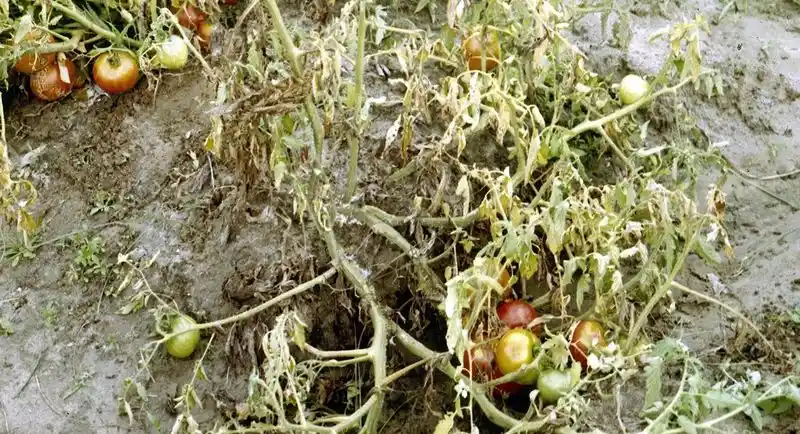
Tomato plants, the pride of many gardens, often suffer from wilt due to inconsistent watering or soil-borne diseases. Picture this: a row of promising tomatoes, now drooping under the sun’s relentless glare. To remedy this, ensure a consistent watering schedule and check for well-draining soil. Incorporating mulch can retain moisture and regulate temperature. Did you know? Mulching reduces water evaporation by nearly 70%. For next season, rotate crops and plant disease-resistant varieties to minimize disease recurrence. With these adjustments, your tomatoes can thrive once more.
Invasive Weeds Overtaking
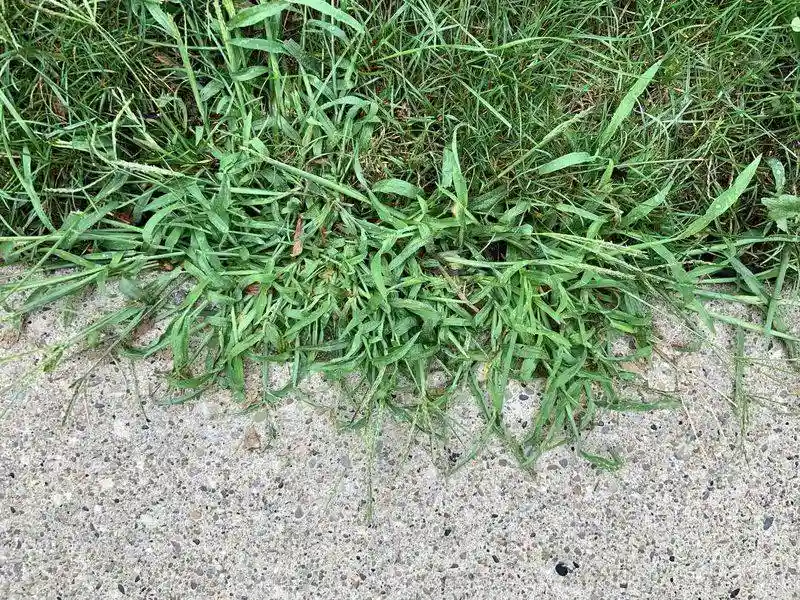
Weeds are the uninvited guests in gardens, often sprouting faster than cultivated plants. Imagine a lush garden slowly choked by an invasion of dandelions and crabgrass. To combat this, regularly inspect your garden beds and remove weeds by hand or with appropriate tools. Applying a pre-emergent herbicide early in the season can prevent weed seeds from germinating. Fun fact: some weeds are edible and nutritious. For instance, dandelion greens are rich in vitamins A and C. Embrace these strategies to regain control over your garden.
Pest Infestations

Pests like aphids and caterpillars are notorious for wreaking havoc in gardens. Picture your meticulously nurtured plants being feasted upon by these tiny invaders. To tackle this, introduce beneficial insects like ladybugs, which naturally control pest populations. Neem oil is another effective treatment, acting as a natural pesticide. Interesting tidbit: ladybugs can consume up to 5,000 aphids in their lifetime. Next season, consider companion planting, such as marigolds, to deter pests and protect your precious crops.
Overwatered Lawns
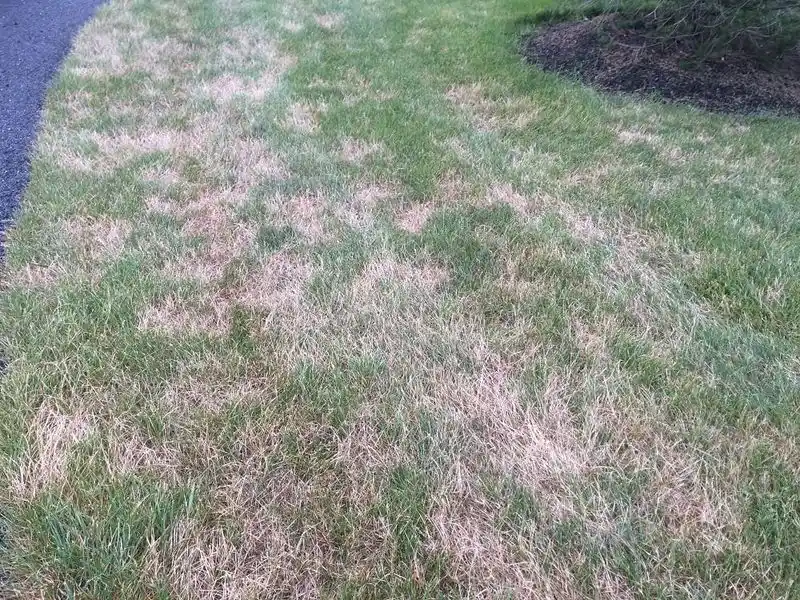
Overwatering is a common mistake leading to root rot and fungal diseases in lawns. Picture a once-vibrant lawn now marred by yellow patches and standing water. Correct this by monitoring rainfall and adjusting your irrigation schedule accordingly. Aerating your lawn can improve drainage and prevent waterlogging. Did you know? Aeration helps roots grow deeper, making lawns more drought-resistant. For the next season, install a rain gauge and water only when necessary, fostering a healthier and more resilient lawn.
Fruit Trees Not Bearing Fruit
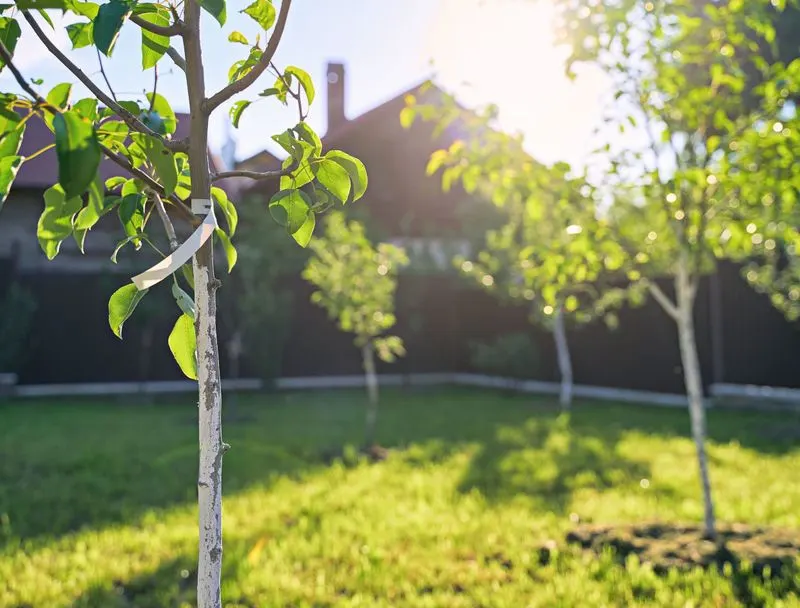
Fruit trees not bearing fruit can be disheartening, especially after years of care. Imagine an apple tree, tall and verdant, yet devoid of apples come harvest time. This often results from inadequate pollination or nutrient deficiencies. Ensure planting in spots with adequate sunlight and introduce pollinators like bees. Fun fact: Planting different fruit tree varieties nearby can enhance cross-pollination. Fertilize during the growing season with a balanced fertilizer to boost fruit production and enjoy a fruitful yield next year.
Seedlings Not Sprouting
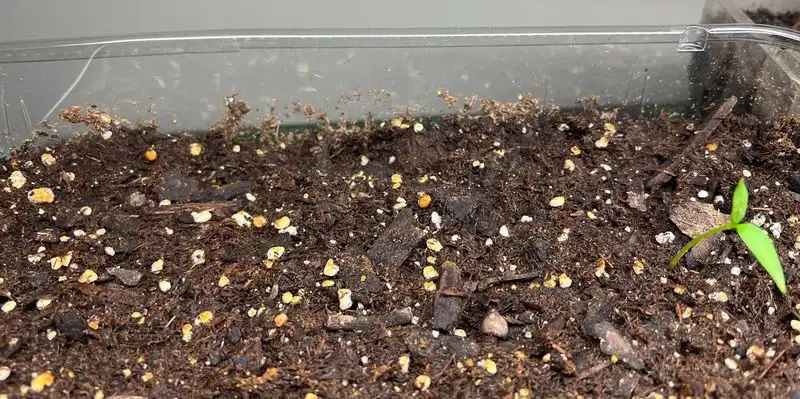
Seedlings failing to sprout can be a mystery for many gardeners. Picture a garden bed meticulously prepared, yet bare of any green shoots. This setback can occur due to poor seed quality or incorrect planting depth. Ensure you purchase seeds from reputable sources and follow planting instructions closely. Did you know? Soil temperature affects germination rates significantly. Invest in a soil thermometer to optimize conditions for your seedlings. With the right preparation, your garden will burst into life with vibrant seedlings next season.
Soil Erosion
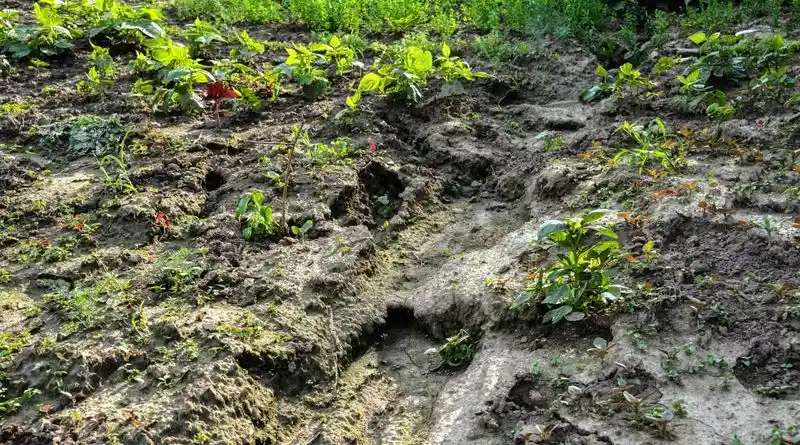
Soil erosion is a subtle yet damaging problem, often unnoticed until it affects plant health. Picture a garden slope, its rich soil gradually washing away with every rain. Combat this by planting ground covers or constructing terraces to stabilize the soil. Another effective method is using organic mulches to reduce surface runoff. Did you know? Terracing can reduce erosion by up to 50%. For next season, plan to implement these erosion-control techniques early on, ensuring your garden’s longevity and productivity.
Plants with Yellow Leaves
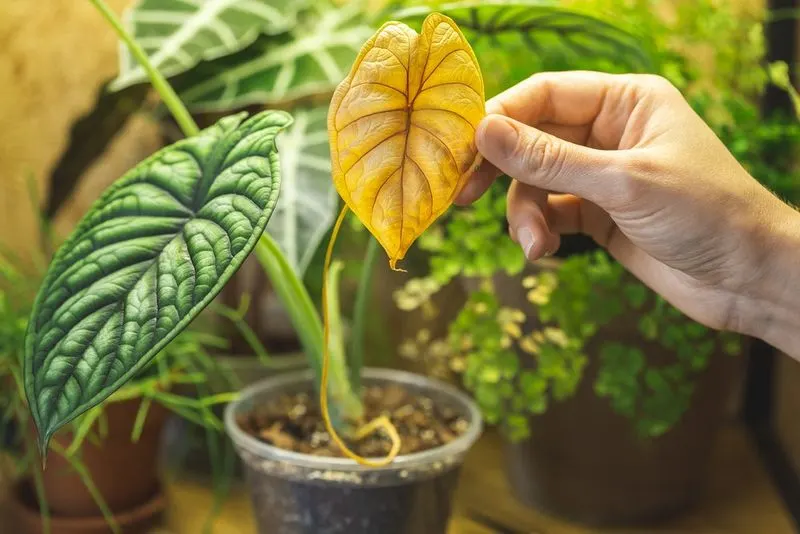
Yellow leaves can signal various issues, from nutrient deficiencies to poor drainage. Imagine a thriving garden plant, its blossoms vibrant but its leaves a troubling yellow hue. Diagnose the cause by testing soil nutrient levels and adjusting fertilization. Improve drainage by amending the soil with compost. Fun fact: Epsom salt can green up plants by supplying essential magnesium. For the coming season, maintain a regular fertilization schedule and monitor watering practices to keep your plants robust and healthy.
Frost-Damaged Crops
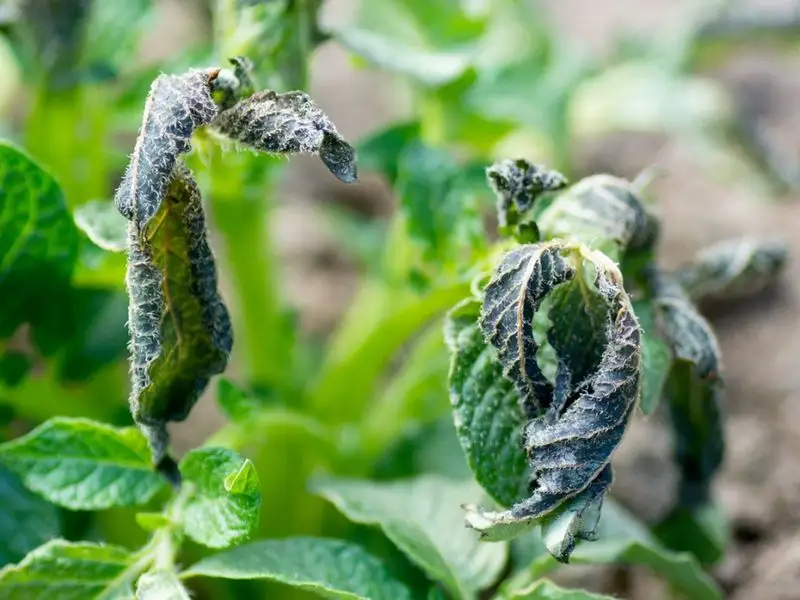
Frost damage can devastate tender crops, leaving gardeners with withered plants. Picture a garden, thriving one day, only to be struck by an unexpected frost. Protect your crops by using row covers or cloches during cold spells. Interesting tidbit: water-filled plastic jugs can absorb heat during the day and release it at night, offering warmth to plants. Next season, stay informed of weather forecasts and prepare to shield vulnerable plants, ensuring they survive even the chilliest nights.
Uncontrolled Plant Growth
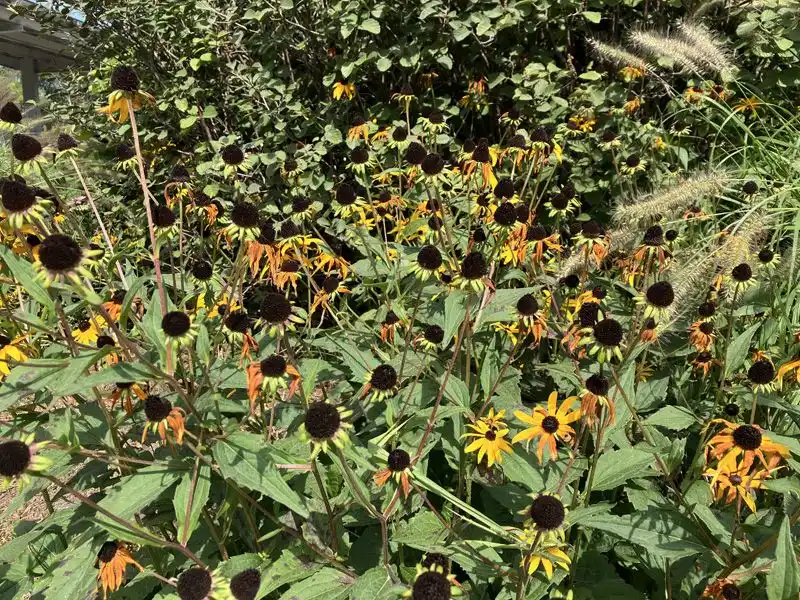
Uncontrolled plant growth can lead to crowded gardens, overshadowing smaller plants. Imagine a garden once meticulously planned, now resembling a tangled wilderness. Regular pruning and spacing plants adequately prevent this chaos. Did you know? Some plants respond well to being cut back, encouraging bushier growth. For next season, focus on strategic pruning and consider using growth regulators for particularly vigorous species. This ensures a balanced garden where every plant has room to flourish.
Plant Diseases Spreading
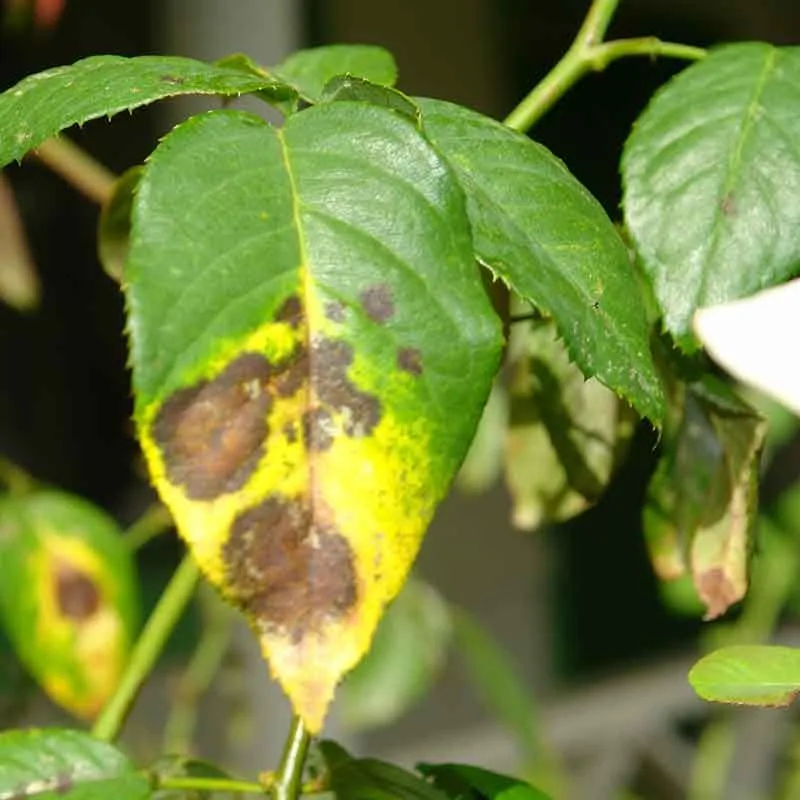
Diseases like blight and mildew can swiftly spread, compromising plant health. Imagine spotting the first signs of mildew, knowing it could spread throughout your garden. To combat this, remove infected foliage promptly and apply fungicides as needed. Rotate crops annually to disrupt disease cycles. Fun fact: certain plants, like garlic, have natural fungicidal properties. Incorporating these into your garden can help reduce disease spread. For next season, inspect plants regularly and act swiftly to keep diseases at bay.
Nutrient Deficiencies
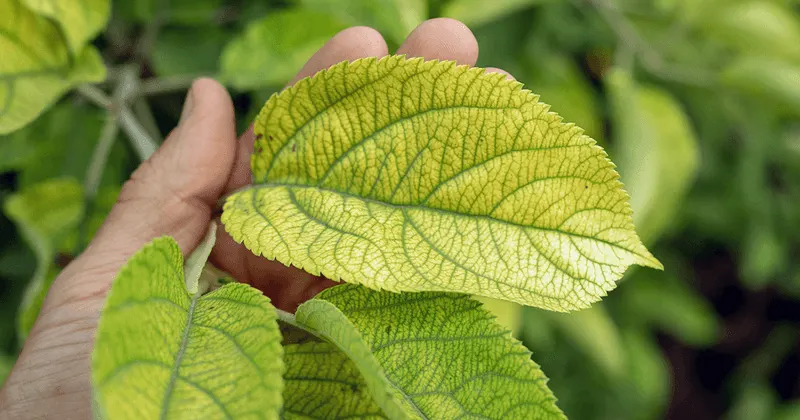
Nutrient deficiencies manifest in stunted growth and discolored leaves. Picture a plant, its potential stifled by lack of nourishment. Conduct a soil test to identify deficiencies and amend the soil with the right fertilizers. Did you know? Visual symptoms can often indicate specific deficiencies, like purple leaves for phosphorus lack. Next season, maintain soil fertility by using organic compost and regularly rotating crops, ensuring a balanced supply of nutrients to your plants for optimal growth.
Improper Composting
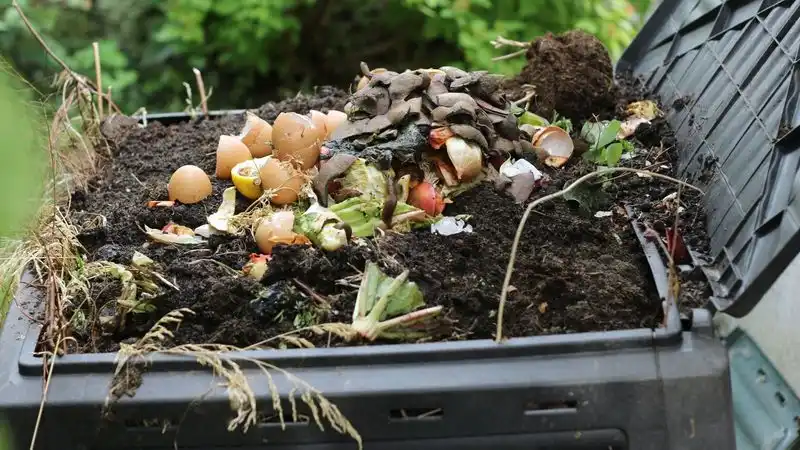
Improper composting can lead to slow decomposition and unpleasant odors. Picture a compost pile, teeming with potential but hindered by poor management. Balance green and brown materials for effective composting, and ensure the pile stays moist. Turn it regularly to aerate and speed up the process. Fun fact: worms are invaluable for enhancing compost quality. For next season, consider vermicomposting to improve your compost pile, recycling garden and kitchen waste efficiently into nutrient-rich soil.
Slug and Snail Invasions
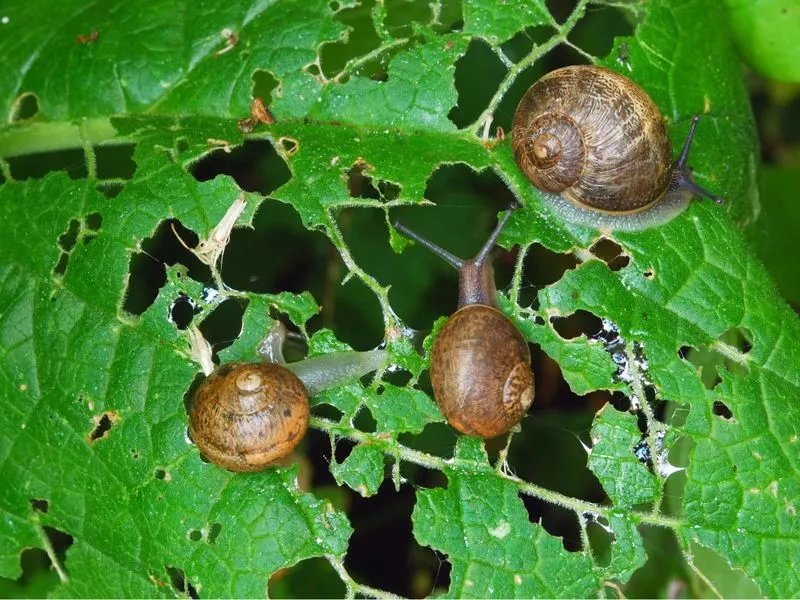
Slugs and snails are persistent pests, often leaving slimy trails and damaged plants in their wake. Imagine waking up to find your seedlings chewed to the ground overnight. Combat them by setting traps or using barriers like copper tape. Beer traps can lure and drown these pests effectively. Did you know? Ducks are natural predators of slugs and snails. For next season, explore organic control methods and encourage natural predators to keep these mollusks in check, safeguarding your garden.
Temperature Extremes
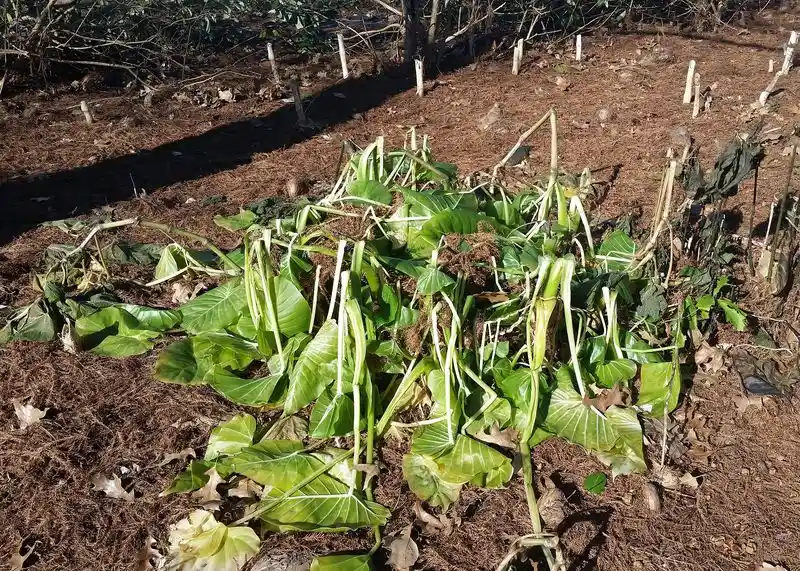
Temperature extremes stress plants, leading to wilting or scorch. Picture a garden wilting under the relentless sun or shivering in unexpected cold. Provide shade cloths in summer and mulch to retain moisture. For cold spells, frost cloths can safeguard plants. Interesting tidbit: some plants become more resilient to temperature swings over time. Next season, choose climate-adapted varieties and prepare protective measures in advance, ensuring your garden withstands the whims of weather.
Poor Garden Design
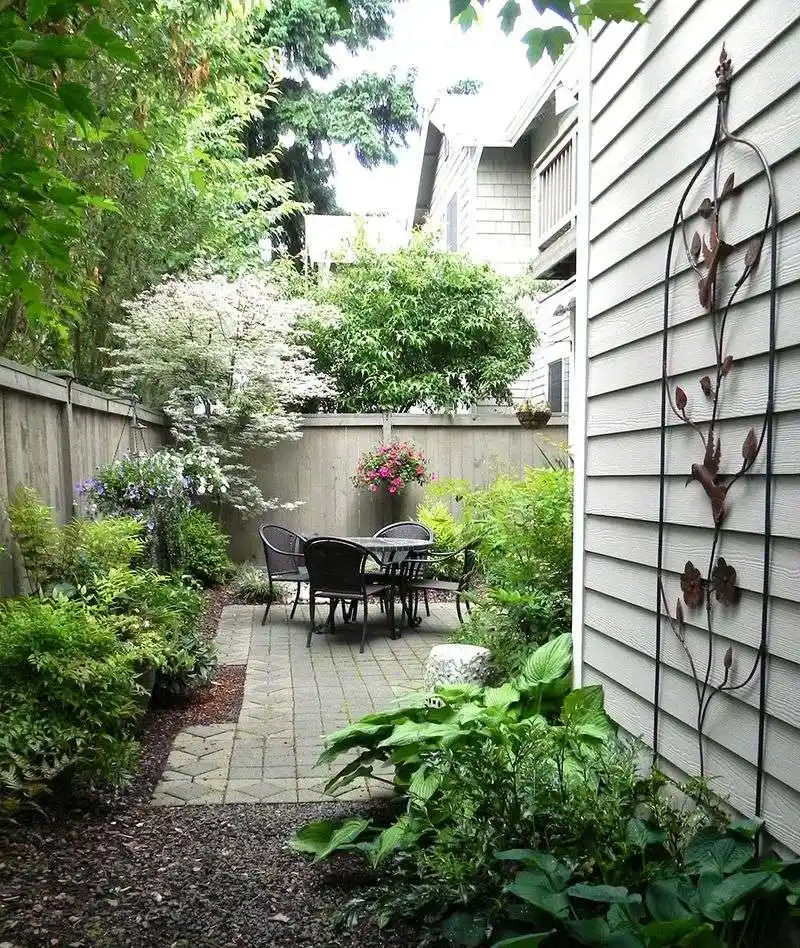
Poor garden design often results in wasted space and incompatible plant pairings. Imagine a garden where plants compete for sunlight and nutrients, stifling each other’s growth. Plan your garden with consideration for plant needs and growth habits. Utilize vertical space and group plants with similar requirements. Fun fact: companion planting can boost plant growth and deter pests. For next season, experiment with layout adjustments to optimize space and create a harmonious garden environment.
Lack of Pollinators
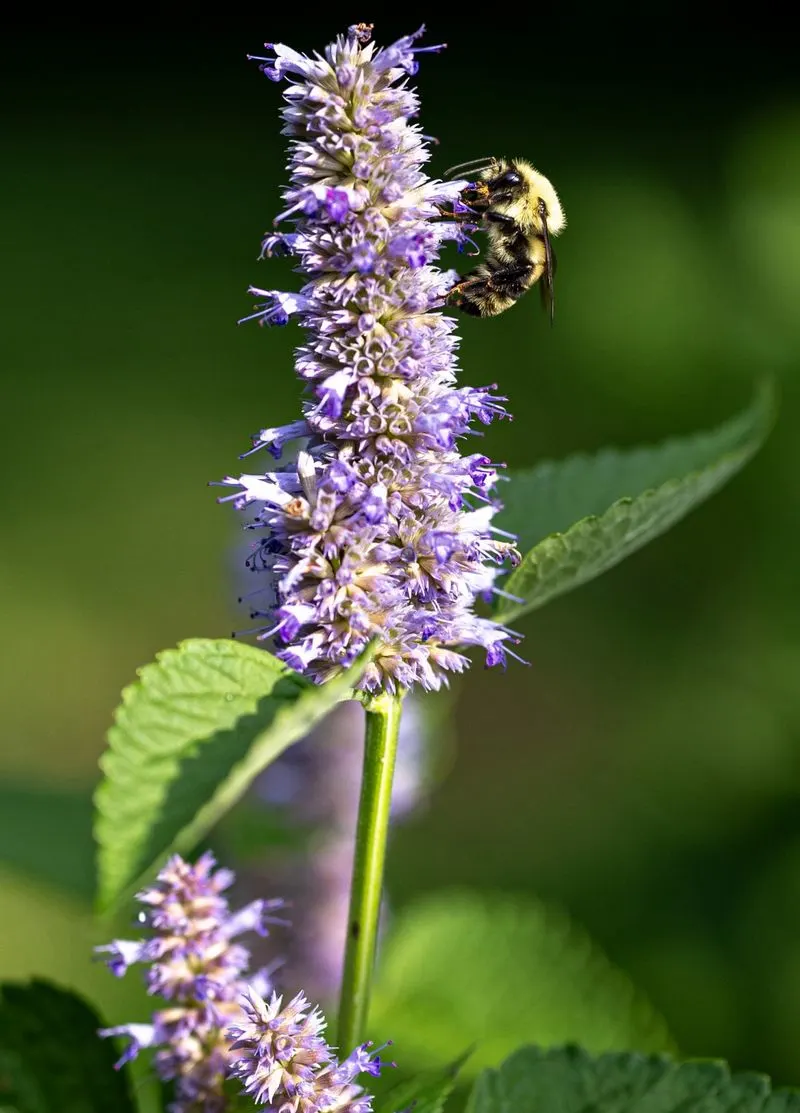
A lack of pollinators can lead to poor fruit and seed production. Picture a garden in full bloom, yet setting few fruits. Attract pollinators by planting a variety of flowering plants and avoiding pesticides. Did you know? Bee populations are crucial for the pollination of over 70% of crops. Consider installing bee hotels or butterfly gardens to draw these vital insects. For next season, focus on creating a pollinator-friendly habitat, ensuring your garden’s productivity blossoms.

